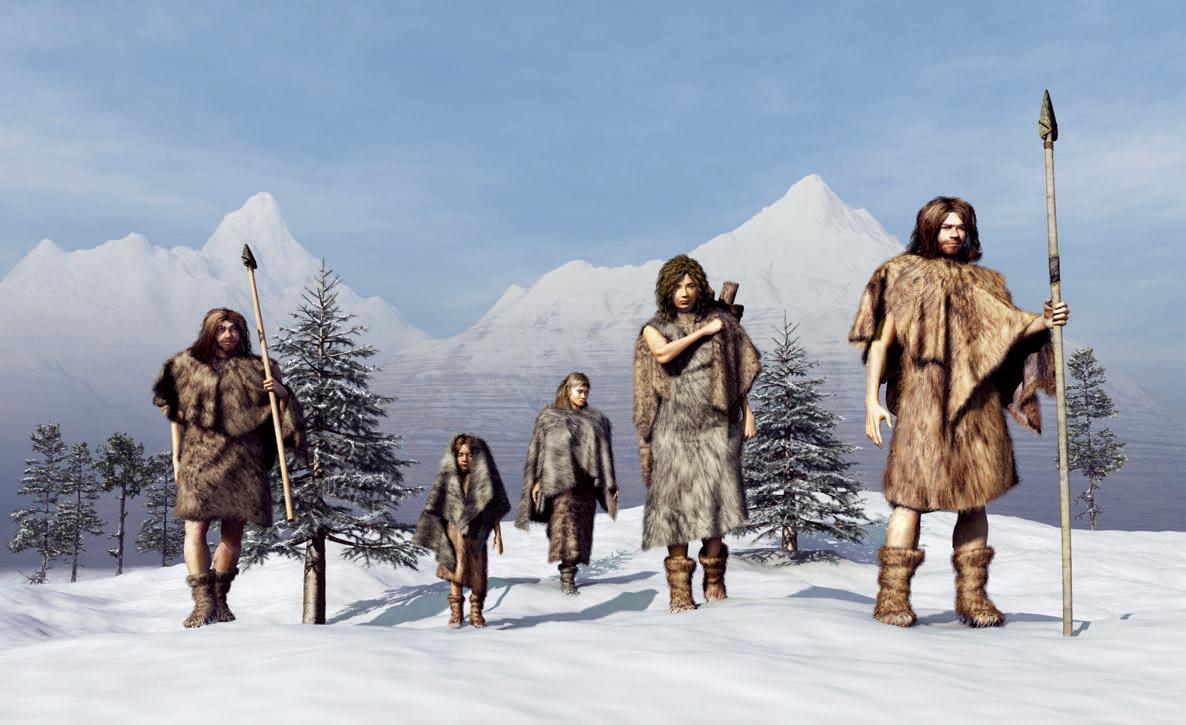
Thousands of years ago, nomadic hunter-gatherers first explored along the banks of the Mississippi River. They traveled in small family groups. They followed the paths of bison and mastodons animals that provided food, clothing, and tools. They gathered what was available from the land through which they traveled. Archaeologists have categorized this pre-Columbian period as the Archaic period. To those prehistoric hunter-gatherers, the Mississippi River was a source of fish, mollusks, and fresh water. It also became an extensive waterway for moving around the interior of the continent.
Around 3,000 B.C.E., the Woodland period began. People of that period still hunted, but they didn't travel as far. They learned to plant maize, beans, and squash. They used the river's mud to make simple clay pots to store their food and seeds. They began to bury their dead in earthen mounds. Around 1 C.E., during what has become known as the Middle Woodland period, the Hopewell culture emerged. At the peak of the Hopewell culture (before 500 C.E.), populations grew. People lived in communities of log houses. The Mississippi River provided them with all they needed: rich land to grow plentiful crops and fish, birds, and animals to hunt.
The Hopewell culture developed a vast exchange system. People traveled extensively on the Mississippi and its tributaries. They reached as far away as New York and Georgia and the Gulf of Mexico. They traded food, feathers, furs, and river pearls. Grizzly bear teeth from the Rocky Mountains, copper from Lake Superior, and conch shells from the Atlantic Ocean all found their way back to Hopewell communities.
Denne historien er fra April 2023-utgaven av Cobblestone American History Magazine for Kids.
Start din 7-dagers gratis prøveperiode på Magzter GOLD for å få tilgang til tusenvis av utvalgte premiumhistorier og 9000+ magasiner og aviser.
Allerede abonnent ? Logg på
Denne historien er fra April 2023-utgaven av Cobblestone American History Magazine for Kids.
Start din 7-dagers gratis prøveperiode på Magzter GOLD for å få tilgang til tusenvis av utvalgte premiumhistorier og 9000+ magasiner og aviser.
Allerede abonnent? Logg på
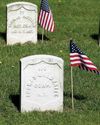
Putting the Pieces Together
Americans needed to begin to put the past behind them, come together, and plan for the future in the spring of 1865. But Abraham Lincoln, the man best equipped to lead them and who had hoped to restore the country as smoothly and peacefully as possible, had been assassinated.
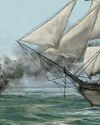
LAST SHOTS
The last Confederate forces in the Civil War didn’t surrender in the spring of 1865 or on a battlefield.
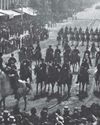
AND IN OTHER 1865 NEWS
A group of African Americans stop at the White House’s annual public reception on January 1, where they shake hands with President Abraham Lincoln.
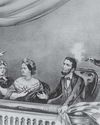
A Plot to Kill President the
For several months, actor John Wilkes Booth’s band of conspirators had plotted to capture President Abraham Lincoln and hold him hostage in exchange for Confederate prisoners.
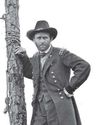
Let the Thing Be Pressed
In June 1864, Union Lieutenant General Ulysses S. Grant began a nearly 10-month campaign in Virginia.
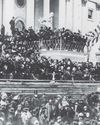
HEALING THE NATION
President Abraham Lincoln took the oath of office for the second time on March 4, 1865.

A Helping Hand
The spring season is hard in any agricultural society. Plants and animals are too small to eat.
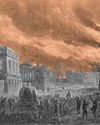
WAR SHERMAN-STYLE
As far as Union Major General William T. Sherman was concerned, the Civil War had gone on long enough.
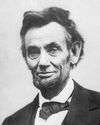
PEACE TALKS
The fall of Fort Fisher made clear that the Confederacy’s days were numbered. Southerners were tired and hungry.
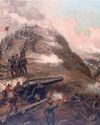
FORT FISHER'S FALL
Outnumbered Confederate soldiers inside Fort Fisher were unable to withstand the approach of Union troops by land and the constant Union naval bombardment from the sea.